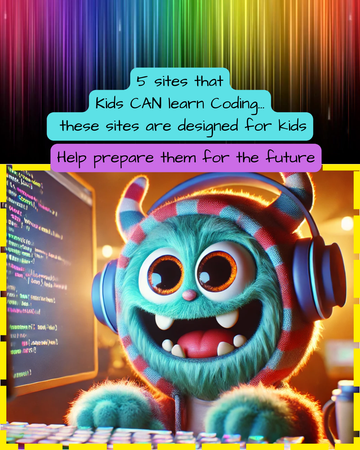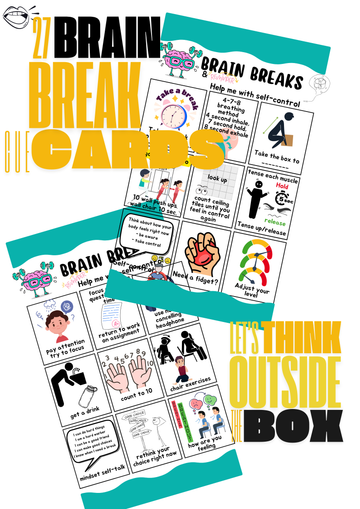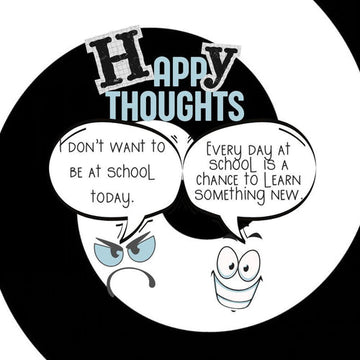🚀Don’t Miss the (AI-Powered) School Bus
By: Lisa Cranford | EdTech Enthusiast, Lifelong Educator, and Slightly Panicked Grandparent
Remember when we laughed at the idea of carrying a computer in our pocket? Now it’s called a smartphone, and it’s basically glued to our hands. Technology moves fast, and guess what? So do the students in Singapore, South Korea, Finland, and even Rwanda—because their schools are already teaching kids how to drive the future, not just ride along in the passenger seat.
And what’s powering this educational autobahn? 🚍💨
Artificial Intelligence.
Meanwhile, here in the U.S., many of our classrooms are still busy untangling headphone wires from the iPad cart and figuring out how to reset a projector.
🤖 The World is Teaching AI. We're Still Teaching Cursive.
(Okay, that’s an exaggeration. Sort of.)
Countries around the globe are baking AI literacy into their curriculum like grandma’s famous cookies—early, often, and deliciously integrated. Kids in China are using AI tools to analyze their essays and improve grammar. Finnish students are learning to spot AI-generated misinformation like little digital detectives. In Singapore, there are national programs teaching teachers how to teach AI. And let’s not even talk about how fast India is scaling its AI education initiatives. (Seriously, it's making Silicon Valley look like it’s on a nap break.)
🧠 Why It Matters: Jobs, Justice, and Just Plain Common Sense
AI isn’t just a tech topic—it’s a life skill. The future job market will expect AI literacy the same way employers today expect you to know how to use email or not use Comic Sans. We're not talking about every kid needing to code a chatbot, but they should at least know how it works and how to ethically interact with AI tools. It’s about digital citizenship, critical thinking, and creativity.
Think of it like teaching kids how to cook. We're not trying to raise a classroom full of Gordon Ramsays—but knowing how to scramble an egg (or debug a chatbot) sure helps in life.
🍎 Teachers Deserve Tools, Not Just Talk
U.S. educators are incredible—resilient, creative, and already doing the job of 6 people and 2 magical unicorns. But without support, training, and updated standards, we’re setting them up to fight a laser battle with a chalkboard eraser. It’s not fair.
Imagine if teachers had AI tools that could:
-
Instantly give feedback on student writing ✍️ (wait… let me say that again) INSTANTLY GIVE FEEDBACK ON STUDENT WRITING! I know by now most people have used AI to check something they wrote. Not only does it do that, but it starts with a positive comment and an uplifting gesture of support for your first attempt. There’s no red pen or scary grade, just compliments for feedforward information.
I simply asked AI to proofread a sentence I wrote—and it didn’t just fix it, it celebrated it. Then it said this:
‘Let me know if you’d like to keep it more casual or shift the tone to a specific audience.’
Y’all… that’s a masterclass in tone wrapped in a compliment!” *Check out the actual mini-lesson it provided at the end of this blog. What if students took that mini-lesson and taught it to the class. There is no higher learning than teaching to others.
-
Personalize reading passages to match each learner’s level 📚
-
Help students revise math steps using visual AI explanations ➗
Sounds dreamy? In Estonia, it’s reality.
Don’t Let the U.S. Be the Last Kid Picked for the Global Group Project
If we don’t get serious—and I mean seriously fun—about integrating AI into the classroom, we’re going to be playing catch-up while the rest of the world is building rocket ships with ChatGPT and AutoML.
We need policies that support AI curriculum integration, funding for teacher training, and classroom tech that goes beyond “just Google it.”
✨ But Wait—There’s Hope!
There are already amazing U.S. educators using AI in thoughtful, brilliant ways. Schools are experimenting with AI writing tools, project-based learning with machine learning simulations, and students creating their own AI-powered art galleries. But we need to move from pockets of innovation to a national movement.
So let’s get on the (driverless) bus.
Let’s make AI a tool every student can explore—safely, ethically, and creatively.
Let’s help teachers teach it without having to be tech wizards.
Let’s remember that the future isn’t waiting for us to figure it out.
It’s already here. And it’s bilingual in Python and emojis.
*Mini-Lesson on Tone
💡 Teaching Point:
Tone is the attitude or vibe behind your writing. And when you revise, you're not just fixing grammar—you’re adjusting how your writing feels to the reader.
AI can help with that—but you still get to make the final call.
🧩 Activity: “AI vs. You – Tone Edition” (10–15 min)
Step 1: Give students a sentence to rewrite in a specific tone. For example:
“We need to add AI to our classroom.”
Have students rewrite it in these tones:
-
Excited
-
Serious
-
Sarcastic
-
Professional
Step 2: Ask them to enter their version into an AI tool and request a rewrite with a different tone.
Step 3: Compare and discuss:
-
What changed?
-
How do word choice, punctuation, and sentence structure affect tone?
-
Do you like your version better or the AI’s?
✨ Extension:
Use your original AI interaction as a mentor example. Show both the original and the AI revision. Ask:
- What stayed the same?
-
What changed?
-
How did it keep the voice but shift the tone?
🗣 Wrap-Up Discussion Prompt:
“When we write, are we trying to sound like a robot? Or are we trying to sound like the best version of ourselves? How can AI help with that?”





